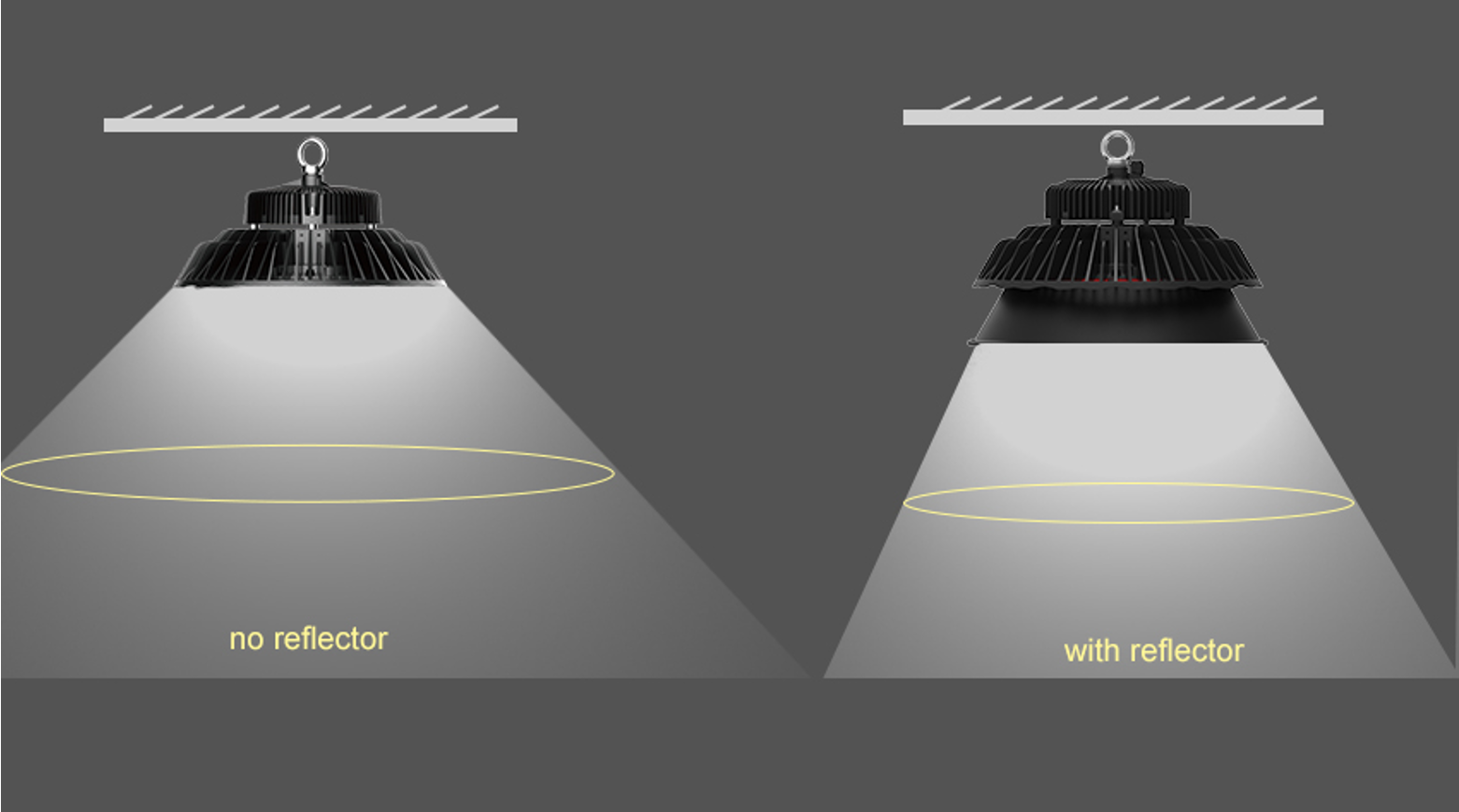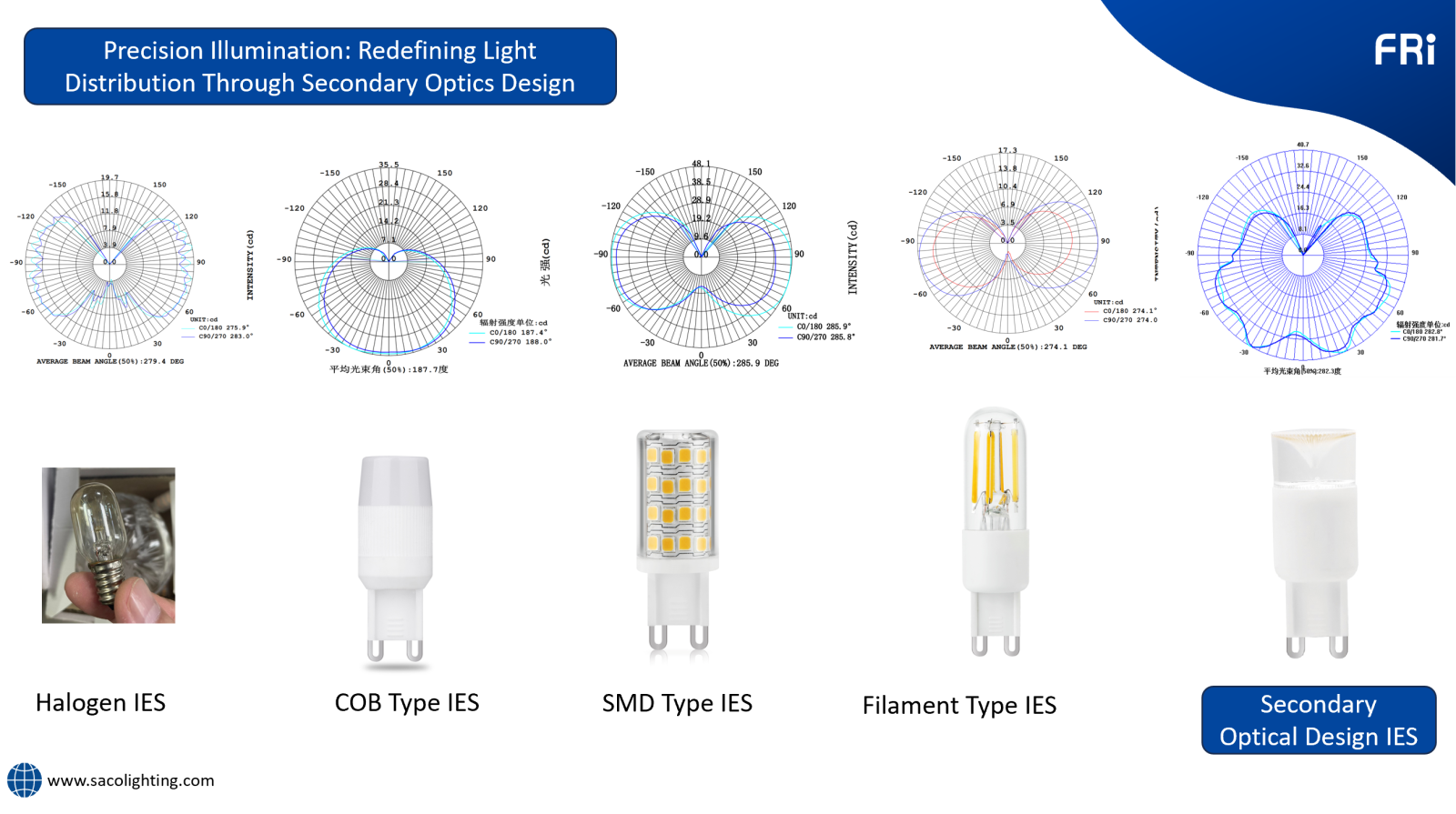Understanding Secondary Optical Design: A Guide to Enhancing Your Lighting Experience
Author:Admin Publish time: May 10, 2024 Origin: Site
The inclination of the modern world towards ambient and architectural lighting has made a massive revolution, which is no longer a luxury now but a necessity. Diving in the realm of “Secondary optical design” is an essential element in the evolution of lighting.
The secondary optical design is one of the unique components of lighting, which not only makes it functional but also aesthetically appealing. The secondary optical design captures the basic illumination features and creates a harmonious and functional surrounding.
If you are looking forward to learning more about secondary optical design in lighting, the guide below could be of great help.
Concept of Optical Design in Lighting
Optical design in lighting is the shape and strategic arrangement of light, which is done to achieve a specified lighting effect. In this lighting arrangement, factors like light color, intensity, and distribution are adjusted with the help of optical components.
The optical components used in this process comprise diffusers, reflectors, and lenses. The optical design here is the key to creating the required patterns of light, which help improve the user's overall experience and efficiency of light.
What is Secondary Optical Design?
Secondary optical design is the design of lighting, which ensures the use of optical components. These optical components help to direct and manipulate the light after being emitted from its source.
The secondary optical design is essential in today's lighting systems, as it allows customized lighting by adding effects; it even offers energy efficiency. The secondary optical design in illumination is used in multiple applications, such as automobile headlights, architectural lighting, and even lighting for indoor and outdoor usage.
The primary optical design of lighting differs from the secondary optical design in various ways. Some of these comprise the following:
- The primary optical design is associated with light generation, whereas the secondary optical design focuses on directing and modifying light after its emission.
- The optical components associated with the primary optical design comprise light sources like LEDs, incandescent, or fluorescent bulbs. However, the secondary optical design is associated with reflectors, diffusers, and lenses.
- The primary optics help determine the essential light characteristics, whereas the secondary optics control the lights based on application needs.
The components used in the secondary optimal design of light are also discussed below:
- Lenses help diffuse or focus light by creating beam patterns as the application requires. The common types of lenses used are concave, convex, or fresnel lenses.
- Reflectors are also used to help redirect the light. They are mostly made out of different reflective metals like aluminum.
- Diffusers create uniform lighting that helps reduce the shadows and glare and offers a pleasing lighting experience.

The Role and Importance of Secondary Optical Design
The significance of secondary optical design in lighting has revolutionized lighting systems. This section highlights the role, importance, and benefits of implementing secondary optical design in lighting systems.
Function and Benefits
The role played by secondary optical design in lighting systems cannot be disregarded, and some of these functions and benefits are discussed below:
- Secondary optics help direct the light in the desired direction and allow precise control over light distribution. It caters to various applications that require targeted lighting.
- The secondary optical design also helps reduce glare and creates a comfortable environment for the people working within the space.
- Lighting efficiency is achieved using secondary optics in the lighting system, and hence, the energy wastage is reduced.
- Due to the varied lighting effects, the visual appeal of any space can be uplifted in no time, and hence, the design looks aesthetic.
The secondary optics allow the creation of customized designs and lighting direction. The designers can achieve different angles for directing light and highlighting other areas. Moreover, these optics even allow control over the intensity of light and enable different lighting effects ranging from ambient to task lighting.
The quality assessment of secondary optical design quality is based on certain factors, and these are the key metrics that help assess this quality. Such key metrics are discussed below:
- Beam uniformity is an essential aspect of light distribution through an area. The right angle of the beam reduces harsh shadows and offers a consistent look, which is very important for commercial setups.
- The efficiency measures how much of the light has reached the target; if the efficiency is high, the waste is less, and vice versa.
- The different light colors must be blended for specific outputs, and color consistency is critical. The evaluation of this aspect can be achieved through colorimetric analysis.
Challenges Associated with the Secondary Optical Design
Some of the common challenges associated with the second optical design are also important to have an eye on, and these are as follows:
- There could be an uneven distribution of light due to the misalignment in the optical design, which creates hot spots and compromises the lighting quality.
- If the secondary optics are inefficient, much energy is wasted, leading to increased utility bills and sustainability.
- If the blending of color is also inadequate, the lighting effect created is entirely unappealing.
- Excessive glare is also a reason for poor optical density, which leads to a lack of diffusion and discomfort.
Leveraging IES Files to Gauge Optical Design Quality
IES file is a data format developed by the Illuminating Engineering Society, which has a standard for the properties of lighting fixtures.
It comprises the essential information about the way light is distributed. The IES files visualize the light distribution pattern, analyze the light systems and their efficiency and intensity, and simulate lighting in 3D environments requiring different settings.
How to Interpret IES Files?
The IES file comprises data that helps understand the critical aspects of the performance of light fixtures. When understanding them, the most vital element is luminous intensity distribution. You must understand how light is distributed in multiple directions.
The beam angle is another aspect that defines the light spread; it would be narrow or wide. Light efficiency is also compared to the IES file, where you must compare light output and input power.
.png)
Practical Tips for Consumers
You need to understand and consider various aspects when evaluating the lighting options in the context of secondary optical design. Some of these aspects are discussed below:
Key Aspects To Consider in Lighting Fixtures
- Energy efficiency is crucial; always look for lighting options that offer high lumens per watt for good energy efficiency.
- The beam angle must be according to your application requirement, and the narrow beam is suitable for focused lighting, whereas the wider beam is suitable for ambient lighting.
- The lighting design must be capable of reducing glare and should have features like diffusers to create a comfortable lighting environment.
Essential Questions to Ask from Manufacturer
- Ask about the beam angle of the fixture so that you can assess whether or not the lighting product suits your requirements.
- Ask if there are future glare-reducing features like diffusers or frosted covers to ensure comfortable surroundings.
- Inquire about the light output in lumens to assess the efficiency.
- Ask if you could get an IES file for the lighting products so that the photometric data of the fixture can be analyzed.
Consideration of Application Requirement
- If the lighting is for indoor usage, it should be aesthetic, whereas if it is for outdoors, it should be weather resistant.
- Task lighting needs focused illumination, and ambient lighting offers broad coverage, considering these aspects per application, which is essential.
- The durability of the light must be assessed as the commercial sector needs more durability, whereas in residential applications, design and aesthetics are prioritized.
Availability of IES Files and Software Tools
Ensure you have learned the use of IES files and understand the critical aspects of making an informed selection while keeping everything in mind.
The lighting design software is also an essential tool that helps visualize how a lighting product will respond to different surroundings. Hence, it enables you to decide whether it suits your environment.
Conclusion
Secondary optical design plays a crucial role in the quality of light fixtures as it covers various essential aspects of illumination. A comfortable illumination is only created by opting for the correct secondary optics that minimize glare, offer energy efficiency, and ensure controlled beam angles.
Saco Lighting is a pioneer in offering miniature LED lighting solutions equipped with secondary optical designs that suit various applications and offer flexible, efficient, and aesthetically pleasing illumination, below you can see different type G9 LED bulb with different beam angle and light distribution.

